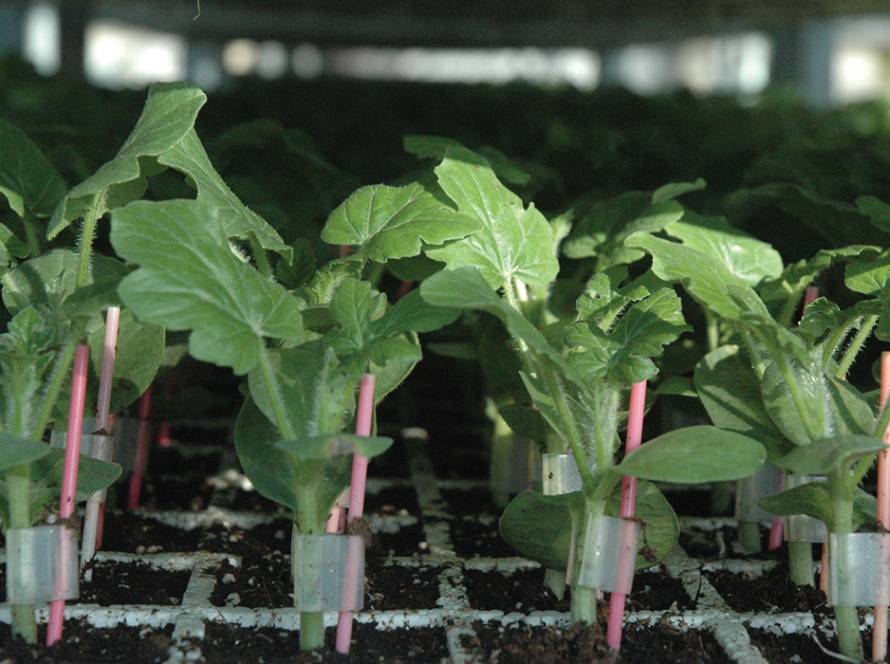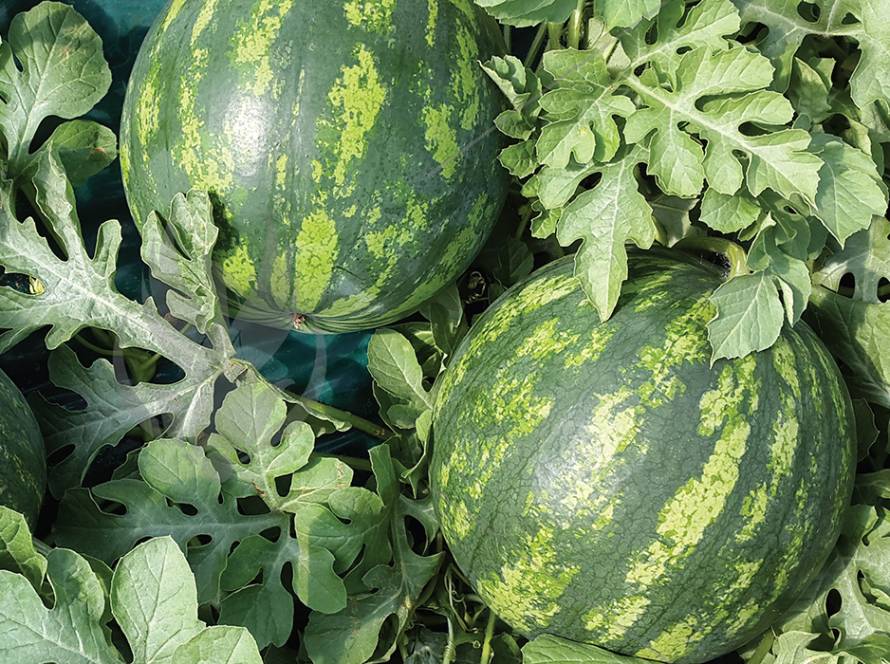Scientific Report
Contents:
- Climate Analysis for 2018 and 2019
- Impact on Olive Cultivation
- The Importance of Climate Feasibility Studies Before Launching Large-Scale Agricultural Projects
- Summary and Decision-Making
Summary of Findings
Based on reports from international climate organizations, the summer of 2019 was among the hottest on record, featuring extreme weather phenomena similar to those of summer 2018. Additionally, the preceding winter was unusually long and harsh, with waves of frost—unlike the mild winter of 2018. These erratic agricultural climate conditions are expected to recur frequently due to the ongoing El Niño phenomenon and its subsequent effects.
2019 was classified as the fourth warmest year in the past 140 years of recorded climate history, with September 2019 being the second hottest month ever recorded globally.
This extreme heat generated vast amounts of thermal energy, which had devastating effects on various crops, agricultural activities, and overall productivity. In Egypt, these conditions severely impacted the agricultural sector, leading to significant losses, including:
- A sharp decline in crop yields.
- An aggressive outbreak of pests and plant diseases.
- Increased agricultural wastage due to excessive heat.
Key Climatic Phenomena and Their Effects on Agriculture:
- Unseasonal Autumn Rainfall: Early autumn rains, reaching flood levels in some areas, including agricultural regions, disrupted normal farming cycles. While such rainfall is beneficial, it is unreliable and requires strategic preparedness.
- Severe Winter Conditions: The winter of 2019 was harsh and prolonged, featuring multiple frost waves that negatively affected crop health.
- Sharp Climatic Variability: The transitional periods between seasons (winter to spring, spring to summer, and summer to autumn) exhibited extreme temperature fluctuations, which disrupted plant physiological processes. This sudden climate instability impacted nutrient absorption, photosynthesis, and hormonal activity, leading to erratic growth and reduced productivity.
- Pest and Disease Surges: The sharp temperature variations during seasonal transitions created favorable conditions for numerous pests, particularly Lepidoptera species like the olive moth at the season’s start and the olive fruit fly towards the end. Increased humidity and surface water (dew) further intensified outbreaks of diseases such as anthracnose and olive leaf spot.
Climate Change and Olive Cultivation
Climatic Indicators and Their Effects on Olive Tree Growth Phases
Analysis of climatic factors and their relationship to the phenological model of Mediterranean crops (especially olives) has revealed significant shifts in the biological cycle of olive trees. These changes suggest that olive cultivation may gradually shift northward due to warming trends. However, in traditional olive-growing regions, the inability to meet minimum chilling requirements or the occurrence of extreme climate fluctuations may hinder optimal olive production.
Climate directly impacts all physiological processes essential for plant life. Most physiological development models prioritize temperature as the primary variable influencing phenological changes. When temperatures exceed or fall below specific thresholds, essential physiological reactions slow down or cease. As temperatures rise within optimal limits, growth and development accelerate until reaching a point where hormonal accumulation triggers transitions between growth phases.
In arid and semi-arid regions such as Egypt, summer drought and high evapotranspiration (ETO) rates are major limiting factors for plant growth.
Climate Analysis for 2018 and 2019 and Its Effects on Olive Production
Comparing Egypt’s continental climate to the Mediterranean climate of other olive-growing regions highlights significant differences. Notably, Egyptian olive trees failed to meet their chilling requirements during the 2017-2018 winter, achieving less than 60% of the needed cold hours in most areas between latitude 27° (Farafra Oasis) and latitude 30° (North Coast).
Additionally, the Khamsin Winds in spring 2018 coincided with the flowering and fruit-setting periods, causing severe flower and early fruit drop across various olive cultivars. In contrast, spring 2019 was uncharacteristically cold, delaying flowering in many cultivars.
The extreme temperature fluctuations during winter and spring—ranging from prolonged cold spells to sudden summer-like heat—resulted in:
- Delayed and prolonged flowering in cultivars such as Picual, Manzanillo, Kalamata, and some Agizi varieties.
- Sudden heatwaves during the flowering, pollination, and fertilization stages, leading to widespread flower and fruit drop.
- A sequence of abrupt temperature rises, with records exceeding 35°C by late April 2019, then exceeding 41-42°C by early May, and reaching an unprecedented 50°C on May 22, 2019.
Summary of Impact on Olive Production:
- 2018: Insufficient winter chilling hours led to yield reductions of over 30% in foreign cultivars (e.g., Manzanillo, Picual, Kalamata).
- 2018: Intense Khamsin winds during flowering and fruit set resulted in an additional 30% crop loss in foreign cultivars.
- 2019: The prolonged cold winter, frost waves, and fluctuating spring temperatures led to severe flower drop in sensitive varieties like Manzanillo. Additionally, excessive fruit drop and reduced fruit size, dry matter content, and oil percentage were observed, leading to a 20-35% drop in final yield weight compared to early summer estimates.
Looking Ahead:
The climatic trends of 2018 and 2019 strongly indicate that olive farming in Egypt and similar regions is facing an increasingly volatile future. Key concerns include:
- The ongoing need to adapt cultivation practices to extreme weather patterns.
- The potential northward shift in suitable olive-growing zones due to warming temperatures.
- The necessity for advanced agricultural planning and climate adaptation strategies to mitigate future losses.
As climate change intensifies, it is imperative to incorporate climate feasibility studies into agricultural decision-making to ensure long-term sustainability and resilience in olive cultivation.



